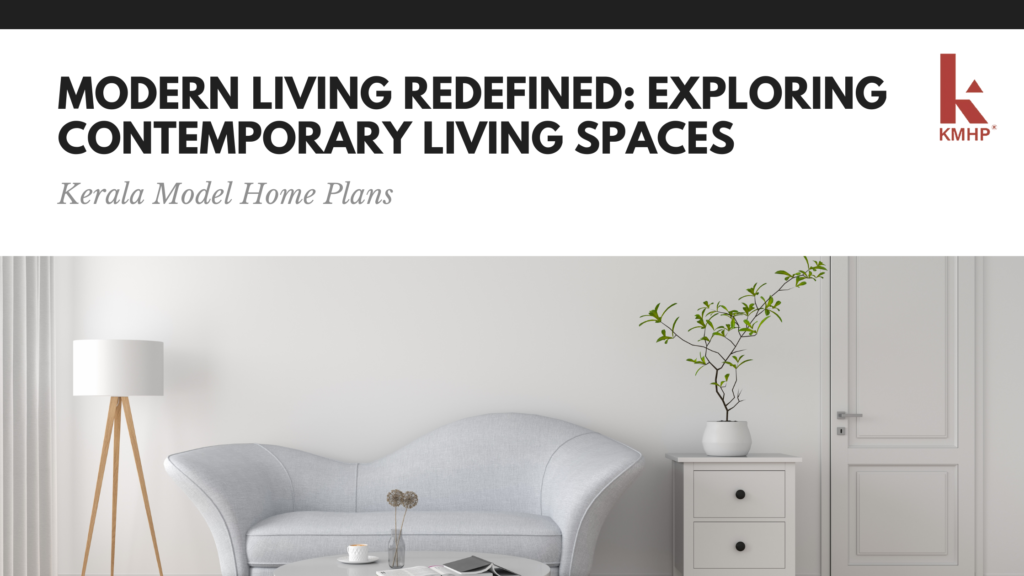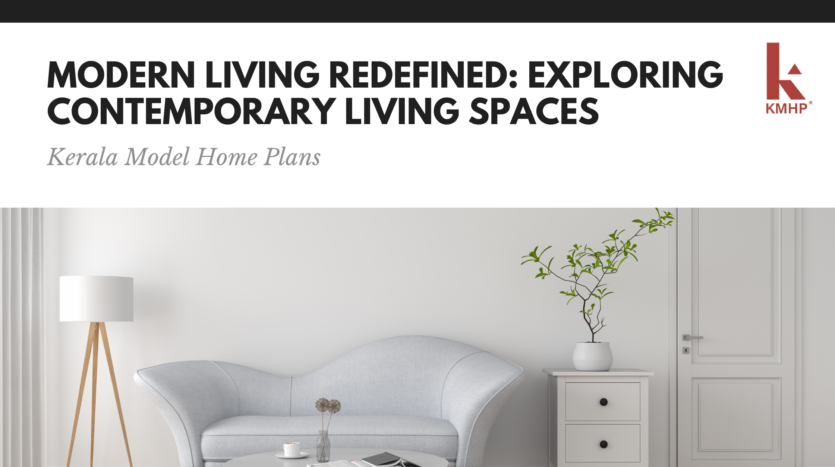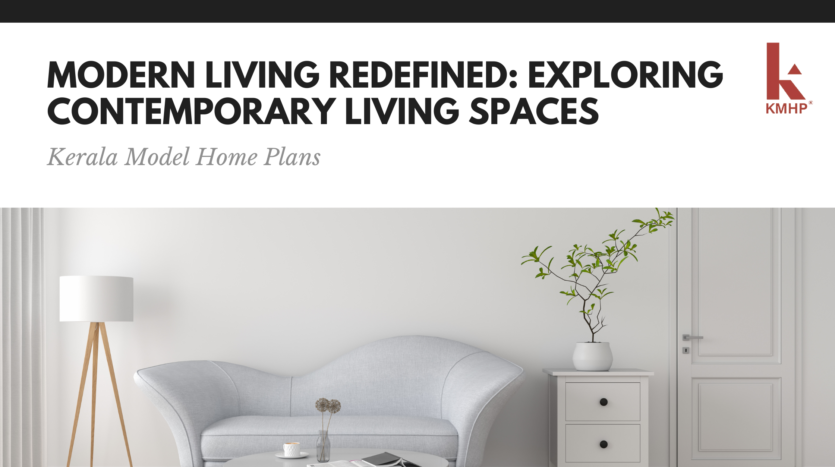Contemporary living spaces have undergone a remarkable transformation in recent years, redefining the way we perceive and experience our homes. With a focus on functionality, minimalism, and sustainability, these modern living spaces encapsulate the spirit of the times we live in. In this article, we will delve into the world of contemporary living, exploring the influences, trends, and design principles that shape these spaces. From innovative solutions for small spaces to the integration of technology and eco-friendly elements, we will uncover the key elements that make modern living so captivating and inspiring.

Evolution of Modern Living: Influences and Trends
The Impact of Modernism on Contemporary Living
Modernism, with its focus on functionality, simplicity, and the elimination of unnecessary ornamentation, laid the groundwork for contemporary living. It challenged the idea that form must always follow tradition and instead championed the idea that form should follow function.
Trends in Contemporary Living Spaces
Contemporary living spaces have evolved over time, adopting various trends along the way. From open floor plans that promote a sense of spaciousness and flow to sustainable materials and energy-efficient design, contemporary living keeps up with our changing needs and desires.
3. Embracing Minimalism: Design Principles in Contemporary Living
The Essence of Minimalism in Contemporary Homes
If contemporary living had a spirit animal, it would be minimalism. Minimalism is all about stripping away the excess and focusing on the essentials. It’s about creating clean, uncluttered spaces that bring a sense of calm and serenity.
Key Elements of Minimalist Design
Minimalist design in contemporary living spaces revolves around simplicity, clean lines, and a neutral color palette. It embraces natural light, embraces negative space, and relies on thoughtful organization to create functional and visually pleasing environments.
4. Maximizing Functionality: Innovative Solutions for Small Spaces
Space-Saving Strategies in Contemporary Living
With urban areas becoming denser and the rise of tiny homes, contemporary living has adapted to the challenge of small spaces. Innovative solutions like modular furniture, multifunctional designs, and creative storage solutions have become essential in making the most out of limited square footage.
Furniture and Storage Solutions for Small Spaces
From transforming beds that fold up into the wall during the day to cleverly designed storage compartments hidden within furniture, contemporary living offers a plethora of options for maximizing functionality in compact living areas. Say goodbye to clutter and hello to smart and stylish solutions.
5. Sustainable Living: Integrating Eco-Friendly Elements into Contemporary Homes
The Importance of Sustainability in Contemporary Living
Contemporary living isn’t just about keeping up with the latest design trends; it’s also about embracing sustainability. With growing awareness of environmental issues, integrating eco-friendly elements into our homes has become a priority. Sustainable living is all about minimizing our carbon footprint and making choices that are kinder to the planet.
Green Design and Eco-Friendly Features
In modern living spaces, green design principles are taking center stage. From energy-efficient appliances to sustainable building materials, contemporary homes are becoming more environmentally conscious. Solar panels, rainwater harvesting systems, and efficient insulation are just a few examples of eco-friendly features that are being integrated into contemporary homes. These elements not only reduce our impact on the environment but also contribute to lower energy bills and a healthier living environment.
6. Technology and Smart Living: Transforming the Way We Interact with our Living Spaces
Smart Home Automation: Enhancing Convenience and Efficiency
Gone are the days of fumbling for light switches or manually adjusting the thermostat. With smart home automation, we can control various aspects of our living spaces with just a few taps on our smartphones. From managing lighting and temperature to monitoring security systems, technology has transformed the way we interact with our homes. Smart living brings convenience and efficiency, making our lives easier and more comfortable.
Integrating Technology Seamlessly into Contemporary Living
Contemporary living spaces embrace technology, not just as a functional aspect but also as a design element. Sleek and minimalist gadgets seamlessly blend into the overall aesthetic, creating a harmonious and modern atmosphere. From hidden charging stations to voice-controlled assistants, technology is seamlessly integrated into every corner of contemporary homes, enhancing our living experience.
7. Blurring the Lines: Open Floor Plans and Multifunctional Areas
Open Concept Living: Breaking Down Barriers
Gone are the days of boxed-off rooms with defined functions. Contemporary living spaces embrace open floor plans, blurring the lines between different areas. Open concept living allows for better flow and connectivity, creating a sense of spaciousness and freedom. Whether it’s a combined kitchen and living area or a flexible workspace, breaking down traditional barriers is a hallmark of modern living.
The Flexibility of Multifunctional Spaces
In contemporary living, versatility is key. Multifunctional spaces are gaining popularity as they adapt to the ever-changing needs of homeowners. A dining area can transform into a home office, a living room can double as a guest bedroom. These flexible spaces maximize the functionality of our homes, allowing us to make the most of limited square footage. Whether it’s entertaining guests or pursuing hobbies, contemporary living spaces offer the flexibility to adapt to our lifestyle.
8. Enhancing Comfort and Wellness: Creating Serene and Relaxing Living Environments
The Importance of Comfort in Contemporary Living
Contemporary living is not just about aesthetics; it’s about creating spaces that prioritize comfort and well-being. Soft, inviting furnishings, cozy nooks, and ample natural light contribute to a sense of comfort and relaxation in our living environments. From plush sofas to ergonomic chairs, contemporary homes are designed with our comfort in mind.
Designing for Wellness and Relaxation in Living Spaces
Living in a fast-paced world, it’s essential to have spaces that promote wellness and relaxation. Contemporary living spaces often incorporate elements such as indoor greenery, soothing color schemes, and dedicated areas for self-care and meditation. By creating serene and welcoming environments, modern living spaces allow us to unwind and recharge from the stresses of everyday life.
As we conclude our exploration of contemporary living spaces, it becomes evident that these spaces have evolved far beyond the traditional notions of home. They represent a harmonious blend of style, functionality, and sustainability, creating environments that cater to our modern lifestyles. Whether it’s through the embrace of minimalism, the integration of smart technology, or the emphasis on comfort and wellness, contemporary living spaces have truly redefined our understanding of what it means to live in the present. By embracing these innovative approaches, we can all create homes that reflect our unique personalities and support our well-being, ultimately enhancing our overall quality of life.
- Eternal Charm: Timeless Elegance in Kerala Designs - April 25, 2024
- Sustainable Solutions: Building a Future with Flood-Resistant Structures - March 28, 2024
- Tiny Living, Big Dreams: Master Small Space Optimization Like a Pro - March 26, 2024



